Refine listing
Actions for selected content:
16950 results
Glossary
-
- Book:
- Protoplanetary Dust
- Published online:
- 24 February 2010
- Print publication:
- 21 January 2010, pp 349-362
-
- Chapter
- Export citation
Appendix 2 - Mass spectrometry
-
-
- Book:
- Protoplanetary Dust
- Published online:
- 24 February 2010
- Print publication:
- 21 January 2010, pp 340-342
-
- Chapter
- Export citation
2 - The origins of protoplanetary dust and the formation of accretion disks
-
-
- Book:
- Protoplanetary Dust
- Published online:
- 24 February 2010
- Print publication:
- 21 January 2010, pp 27-65
-
- Chapter
- Export citation
Appendix 3 - Basics of light absorption and scattering theory
-
-
- Book:
- Protoplanetary Dust
- Published online:
- 24 February 2010
- Print publication:
- 21 January 2010, pp 343-348
-
- Chapter
- Export citation
Appendix 1 - Common minerals in the Solar System
-
-
- Book:
- Protoplanetary Dust
- Published online:
- 24 February 2010
- Print publication:
- 21 January 2010, pp 336-339
-
- Chapter
- Export citation
8 - Thermal processing in protoplanetary nebulae
-
-
- Book:
- Protoplanetary Dust
- Published online:
- 24 February 2010
- Print publication:
- 21 January 2010, pp 230-262
-
- Chapter
- Export citation
Frontmatter
-
- Book:
- Protoplanetary Dust
- Published online:
- 24 February 2010
- Print publication:
- 21 January 2010, pp i-vi
-
- Chapter
- Export citation
3 - Evolution of protoplanetary disk structures
-
-
- Book:
- Protoplanetary Dust
- Published online:
- 24 February 2010
- Print publication:
- 21 January 2010, pp 66-96
-
- Chapter
- Export citation
1 - Planet formation and protoplanetary dust
-
-
- Book:
- Protoplanetary Dust
- Published online:
- 24 February 2010
- Print publication:
- 21 January 2010, pp 1-26
-
- Chapter
- Export citation
List of contributing authors
-
- Book:
- Protoplanetary Dust
- Published online:
- 24 February 2010
- Print publication:
- 21 January 2010, pp xi-xiv
-
- Chapter
- Export citation
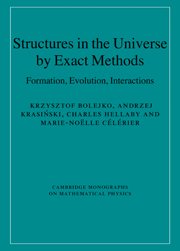
Structures in the Universe by Exact Methods
- Formation, Evolution, Interactions
-
- Published online:
- 20 January 2010
- Print publication:
- 22 October 2009

The Distribution of the Galaxies
- Gravitational Clustering in Cosmology
-
- Published online:
- 19 January 2010
- Print publication:
- 28 October 1999
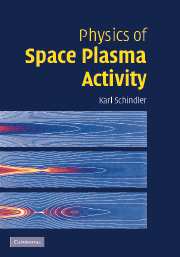
Physics of Space Plasma Activity
-
- Published online:
- 19 January 2010
- Print publication:
- 23 November 2006

Chaos and Complexity in Astrophysics
-
- Published online:
- 14 January 2010
- Print publication:
- 23 March 2006
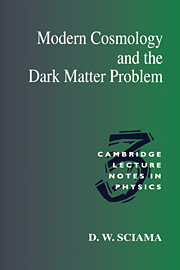
Modern Cosmology and the Dark Matter Problem
-
- Published online:
- 11 January 2010
- Print publication:
- 07 April 1994
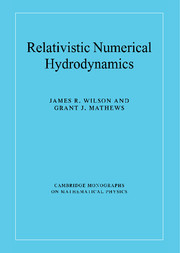
Relativistic Numerical Hydrodynamics
-
- Published online:
- 11 January 2010
- Print publication:
- 06 November 2003
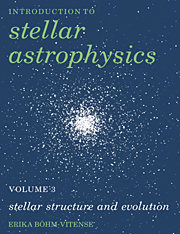
Introduction to Stellar Astrophysics
-
- Published online:
- 08 January 2010
- Print publication:
- 16 January 1992
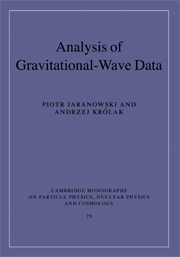
Analysis of Gravitational-Wave Data
-
- Published online:
- 08 January 2010
- Print publication:
- 27 August 2009
7 - DM production mechanisms
-
-
- Book:
- Particle Dark Matter
- Published online:
- 04 August 2010
- Print publication:
- 07 January 2010, pp 121-141
-
- Chapter
- Export citation
10 - Non-WIMP candidates
-
-
- Book:
- Particle Dark Matter
- Published online:
- 04 August 2010
- Print publication:
- 07 January 2010, pp 190-203
-
- Chapter
- Export citation
